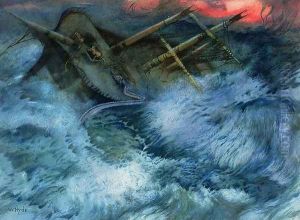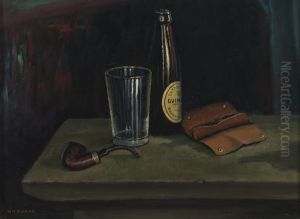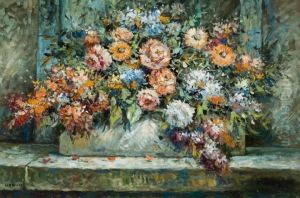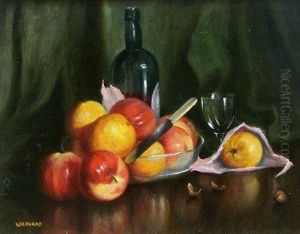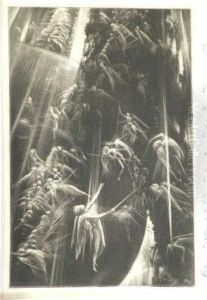William Hyde Paintings
William Hyde was a British visual artist known for his watercolor paintings and illustrations. Born in 1857 in Stroud, Gloucestershire, England, Hyde developed a passion for art at an early age. His artistic education and early career details are not widely documented, which is common with artists from this period whose work did not gain substantial fame during their lifetimes.
Hyde's body of work primarily consists of landscapes and urban scenes. He was adept at capturing the atmosphere of the English countryside as well as the bustling energy of city life during the late 19th and early 20th centuries. His use of watercolor is noted for its delicate application and ability to render light and shadow effectively, which gives his paintings a sense of depth and realism.
Throughout his career, Hyde exhibited his work at various venues, including the Royal Academy of Arts in London. Despite this, he never became a prominent figure in the art world, and much of his life and work remain relatively obscure. After a modest career, he passed away in 1925.
Due to the limited information about William Hyde and the commonality of his name, which may lead to confusion with other individuals, it is important to note that details about artists with lesser-known legacies can be scarce and sometimes mixed with those of contemporaries. As such, the biography provided here is based on the available information, which does not include widely recognized milestones or extensive personal details that are typically associated with more famous artists.
